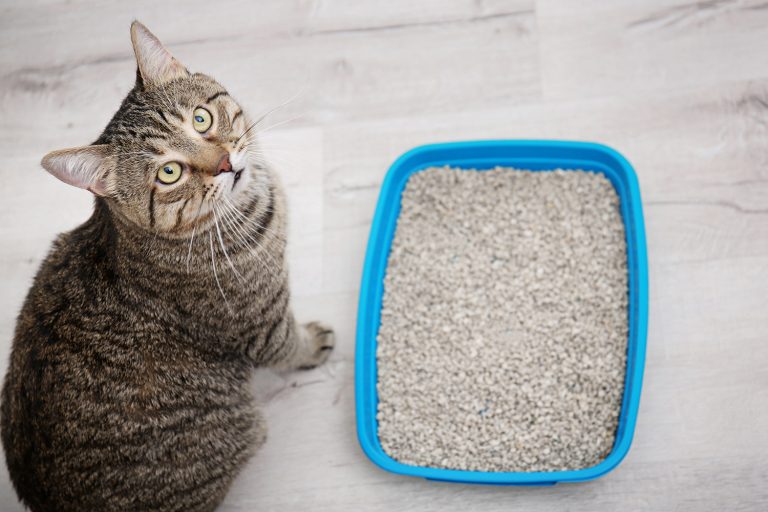
Introduction:
When it comes to our feline companions, choosing the right cat litter is essential for their comfort, hygiene, and overall well-being. With a multitude of options available on the market, finding the perfect fit can seem like a daunting task. In this article, we will explore the factors to consider when selecting cat litter, helping you make an informed decision that suits both your cat’s preferences and your own.
- Consider your cat’s preferences:
Cats have individual preferences when it comes to litter texture, scent, and clumping abilities. Some cats prefer fine-grained litter, while others prefer coarser textures. Additionally, some cats may be sensitive to scented litters, while others may prefer them. Observe your cat’s behavior and experiment with different types of litter to determine their preferences. - Evaluate litter types:
a. Clumping litter: Clumping litter is a popular choice as it forms solid clumps when in contact with urine, making it easier to scoop and maintain cleanliness. This type of litter also helps to control odors effectively. Look for clumping litters made from natural materials such as clay, corn, or wheat.
b. Non-clumping litter: Non-clumping litter is typically made from materials like recycled paper, wood, or silica gel. While it may not be as convenient for scooping, non-clumping litter can still provide good odor control and absorbency.
c. Biodegradable litter: For eco-conscious cat owners, biodegradable litter options made from materials like recycled paper, pine pellets, or coconut husks are available. These litters are environmentally friendly and can be composted or disposed of safely.
d. Crystal litter: Crystal litter consists of silica gel crystals that absorb moisture and control odors effectively. It requires less frequent changing and can be more cost-effective in the long run. However, some cats may be sensitive to the texture. - Consider dust and tracking:
Opt for a cat litter with minimal dust as excessive dust can be irritating to both cats and humans. Dust-free or low-dust litters are available and can help maintain a clean and healthy environment. Additionally, consider litter mats or trays to minimize tracking of litter particles around the house. - Manage allergies and sensitivities:
If your cat has allergies or sensitivities, consider hypoallergenic or fragrance-free litters. These options are designed to be gentle on sensitive paws and respiratory systems, reducing the likelihood of discomfort or adverse reactions. - Multi-cat households:
If you have multiple cats, consider litter that is suitable for multi-cat households. These litters are often formulated to control odors more effectively and accommodate the increased usage that comes with multiple feline friends. - Trial and error:
Finding the perfect cat litter may require some trial and error. It’s advisable to start with small quantities of different types and observe your cat’s response. Gradually transition to the litter that your cat prefers and monitor their litter box habits and comfort.
Conclusion:
Choosing the right cat litter is a crucial decision for the well-being and satisfaction of your feline companion. By considering your cat’s preferences, evaluating different litter types, managing allergies, and addressing practical concerns such as dust and tracking, you can find the ideal litter that provides comfort, cleanliness, and odor control. Remember, every cat is unique, so be patient, flexible, and attentive to your cat’s needs as you embark on the quest for the perfect litter that both you and your feline friend will appreciate.
